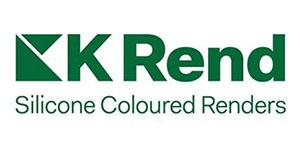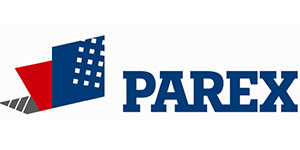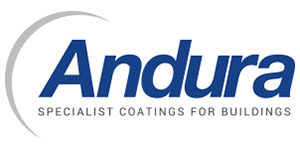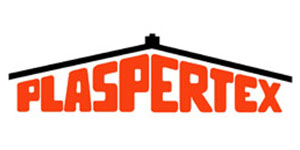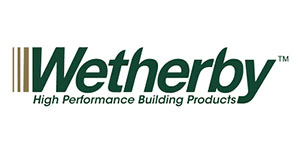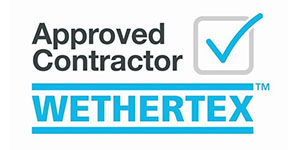Penetrating Damp
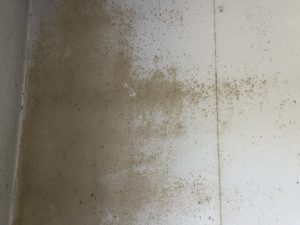
We all know what the British weather is famous for! Homes in the UK have a tough time keeping it out. At least 15% of homes in the UK show some damage due to dampness with penetrating damp being one of the main types of damp found.
There are many factors that can cause penetrating damp (rain penetration into masonry) in your home. Poor guttering, downpipes, roofing and badly sealed windows can all leave your home vulnerable to penetrating damp. However the most common problem is damaged and poorly maintained exterior walls.
Overtime render becomes cracked and blown, stonework can crumble, bricks are attacked by the weather and the surface erodes away (spauling). These problems create openings in the wall which leave your home extremely vulnerable to penetration damp.
Any moisture in the surface of the wall increases the damaging effects of the weather. In particularly cold conditions, water in the wall will freeze, expanding the surface of the wall. When this freezing thaws, the surface of the wall will then contract. This contracting and expanding puts the wall under stress and due to the brittleness of common building materials, leads to cracking. This is known as freeze thaw cracking.
Common building materials are all porous. Bricks are effectively a hard sponge, they contain thousands of tiny pores, all of which are able to absorb water. An average brick can hold a pint of water. Render, Pebbledash, Tyrolean, and Stucco are all commonly used to cover damaged, spauling bricks. These are all porous and have a sponge-like quality, each square yard can potentially absorb up to a gallon of water.
Water is drawn through the wall by an osmotic action (caused by warm air inside and cold air outside) and will eventually reach the inside of the house leading to internal damp. This leads to problems such as cracked and blown plaster, unsightly paint and wallpaper and even wet rot and dry rot. The damp environment is also a breeding ground for mildew and black spot mould which means not only financial implications but also potential health concerns.
In the worst cases, penetrating damp can cause structural problems as water is absorbed into the wooden, load bearing beams in a property. However, even if water does not infiltrate all the way through the wall, the results, although less serious, still cause problems. Moss, algae, and mould all look unsightly on the exterior of a property and damp also inhibits a properties insulation.
THE ANSWER?… Our wall coatings
Once applied to a property, our wall coatings act as a protective, breathable membrane.
Our wall coatings are microporous which means they are breathable. Any moisture that has worked its way into a wall is able to dry out. The coating also provides a barrier that resists the penetration of moisture back into the wall. The resulting effect is very similar to that of human skin. Over time the wall is able to fully dry out and it is protected from further water ingress. This combats penetrating damp.
Our wall coatings can be applied to any surface, pebbledash, tyrolean, stucco, render, brick, stone, breeze block and concrete. We also offer an invisible silicone based weatherproofing treatment called Pro Clear. This is ideal for situations where a customer does not want to alter the appearance of the walls of their home but where a solution to fight penetrating damp is still needed. To read more about this click here.
Rising damp and penetrating damp are different forms of damp. Penetrating damp is water penetration through a wall as described above. Rising damp is water that has risen vertically up from the ground through a permeable wall structure. The water rises through tiny pores in the masonry surface by a process known as capillary action. Effectively, the masonry draws moisture up like a wick.
This is most common in old properties which were built without a damp proof course but can also occur where a damp proof course has become damaged or was poorly installed.
To contact us about resolving damp in your home click here.


